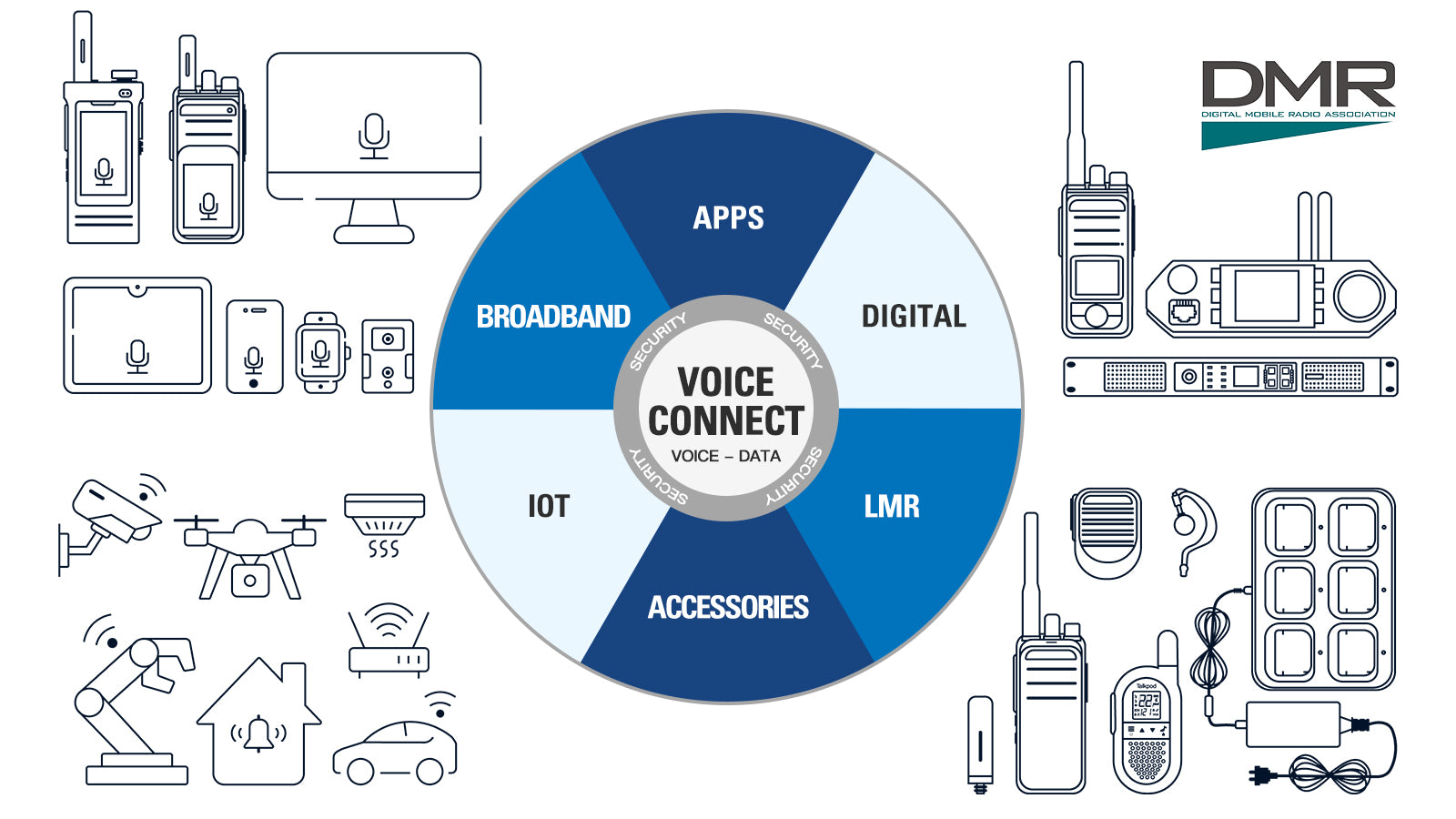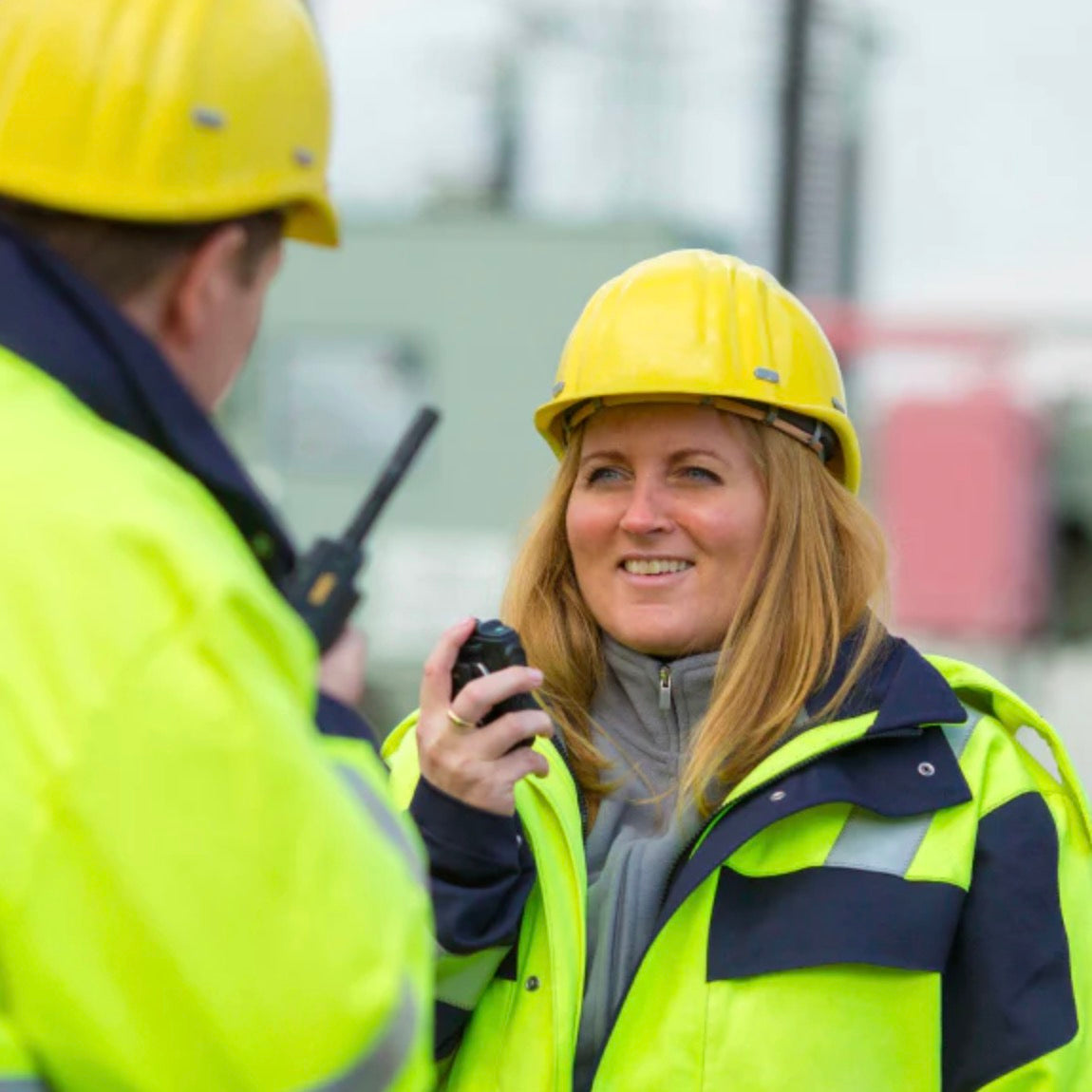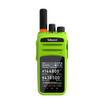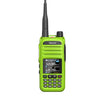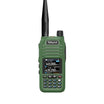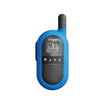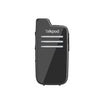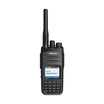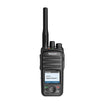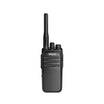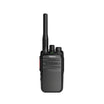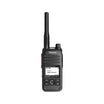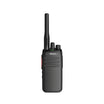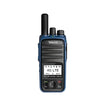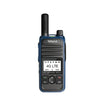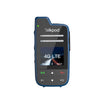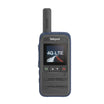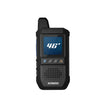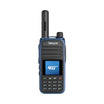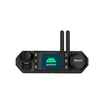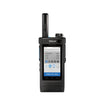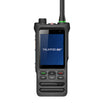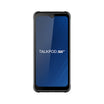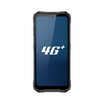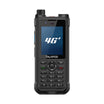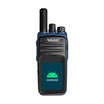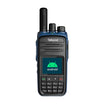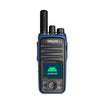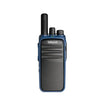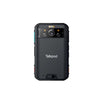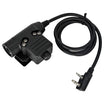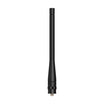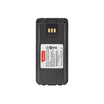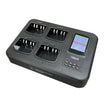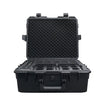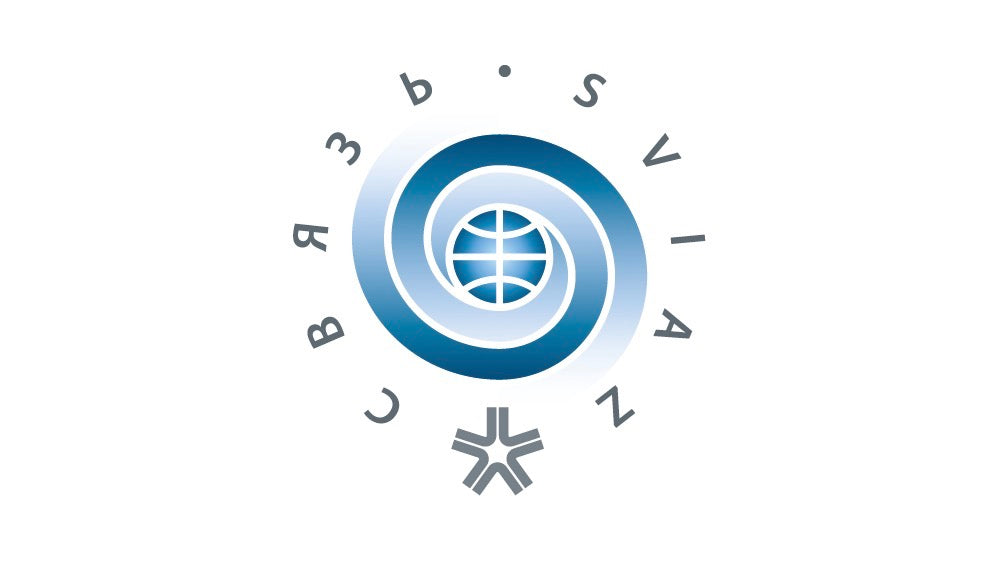
Navigating the Future: SVIAZ Russia exhibition's Role in Two-Way Radio Innovations
The SVIAZ exhibition, held annually in Russia, stands as a pivotal event for the global communications industry, especially for those involved with two-way radios. As the largest and most influent...
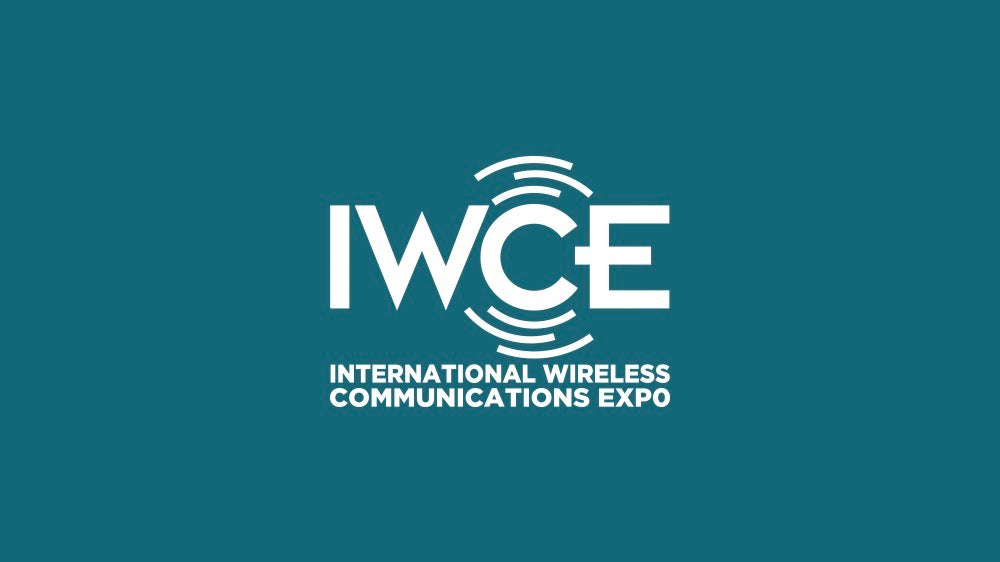
Charting the Waves: The Influence of IWCE on Two-Way Radio Industry Trends
The International Wireless Communications Expo (IWCE) is a critical event for the two-way radio and broader communications industry, acting as a significant catalyst for innovation, networking, an...
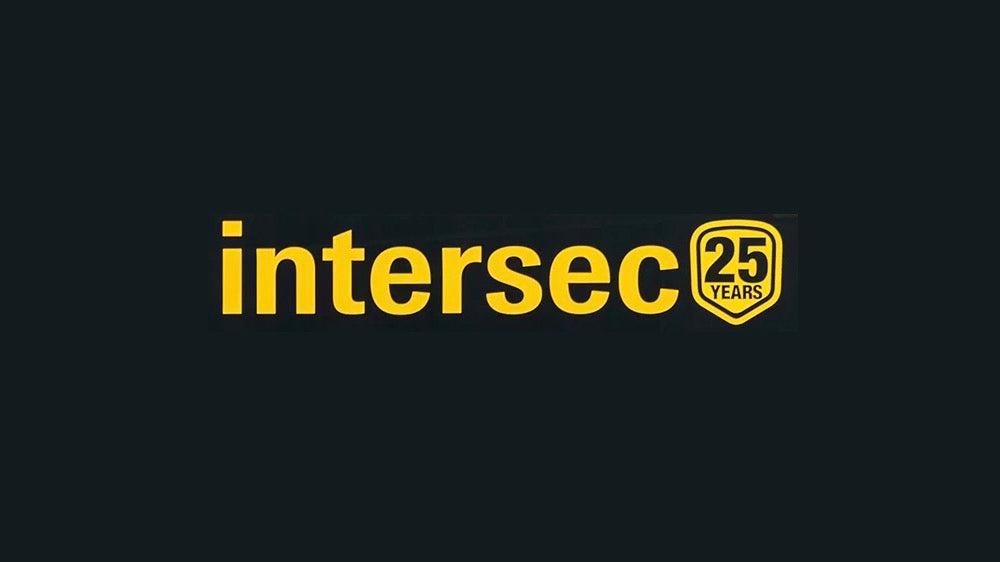
Trade shows have always been the crucible for innovation, networking, and knowledge sharing, particularly in the evolving sectors like security, safety, and communication. One of the standout examp...
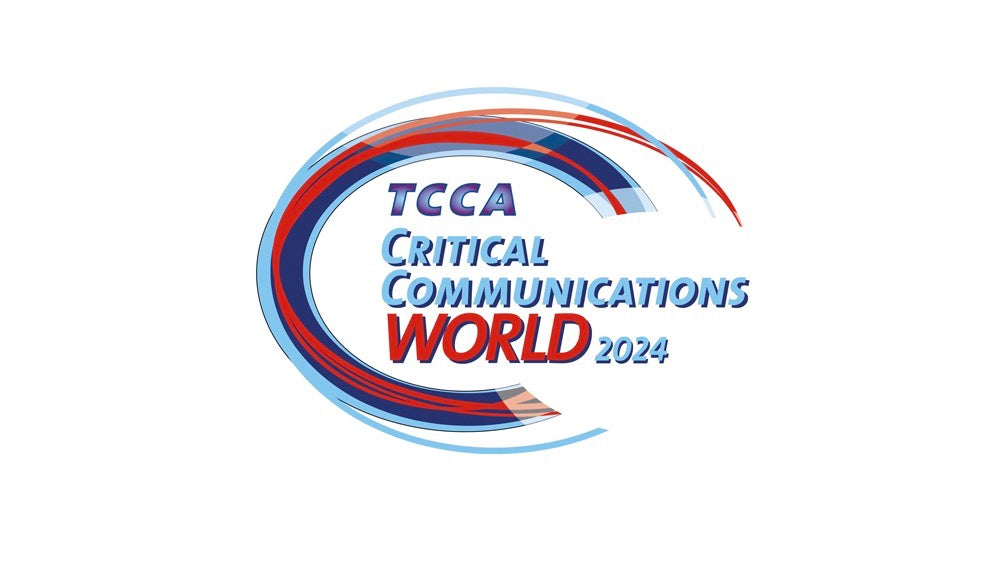
The Impact of Critical Communications World (CCW) on the Two-Way Radio Industry
In the swiftly evolving world of telecommunications, trade expos such as the Critical Communications World (CCW) represent pivotal milestones for industry progression, particularly for the two-wa...
Enhancing Agricultural Operations with Two-Way Radios
Enhancing Agricultural Operations with Two-Way Radios In the dynamic world of agriculture, effective communication forms the backbone of successful operations, whether it's a sprawling farm, a coz...
Municipal Communication Solutions: Elevating Public Service Efficiency with PoC Technology
Overview: Modern municipalities require dynamic and robust communication systems to ensure public safety, coordinate city services, and respond effectively to community needs. Our advanced PoC (Pu...
Understanding Talkgroup Subscription/Attachment in Two-Way Radio Systems
What is Talkgroup Subscription/Attachment? In two-way radio communication systems, talkgroup subscription or attachment refers to the process by which a mobile station (a radio handset, vehicle-mo...
Deciphering Functional Dial Numbers in Two-Way Radio Systems: An Object-Oriented Approach
What Are Functional Dial Numbers? Functional dial numbers represent a sophisticated feature in the realm of two-way radio communication, especially within object-oriented systems. These are dynami...
Understanding Dynamic Group Number Assignment (DGNA)
What is Dynamic Group Number Assignment (DGNA)? Dynamic Group Number Assignment (DGNA) is an advanced feature in modern two-way radio systems, particularly digital mobile radio (DMR) platforms. DG...
Understanding Database Queries in Two-Way Radio Communication
What are Database Queries? Database queries in the context of two-way radio systems refer to the process of retrieving specific information from a centralized database. This information can range ...
GPS Locationing in Two-Way Radio Systems
What is GPS Locationing? GPS Locationing, also known as Automatic Vehicle Locationing (AVL), is a feature in digital two-way radio systems that allows for the real-time tracking of mobile users or...
Short Data Messages in Two-Way Radio Communication
What are Short Data Messages? Short Data Messages (SDMs) are concise, text-based communications typically not exceeding 100 characters, used in two-way radio systems. They allow for the transmissi...
Decoding Status Code Messages in Two-Way Radio Communications
What are Status Code Messages? Status Code Messages are predefined text messages used in two-way radio communications to convey specific information or statuses quickly and succinctly. These messa...
Exploring Talker Identification in Two-Way Radio Systems
What is Talker Identification? Talker Identification is a feature in modern two-way radio systems that allows users to identify the person speaking at any given time, similar to the caller ID feat...
Understanding Full Duplex Communication in Two-Way Radio Systems
What is Full Duplex Communication? Full Duplex Communication refers to the ability of a communication system to allow two parties to transmit audio simultaneously in both directions. Unlike half-d...
Deciphering Direct or Talk Around Mode in Two-Way Radio Systems
What is Direct or Talk Around Mode? Direct or Talk Around Mode, also known as Direct Mode Operation (DMO), is a functionality in two-way radio communication systems that enables mobile users to co...
Understanding Late Entry in Two-Way Radio Systems
What is Late Entry? Late Entry refers to a feature in two-way radio communication systems that allows mobile users who were initially unavailable or out of reach during the initial call set-up to ...
Deciphering Fast Call Set-up in Two-Way Radio Communication
What is Fast Call Set-up? Fast Call Set-up in the realm of two-way radio communication refers to the system's ability to establish a call in under half a second. This swift connection is crucial i...
Understanding Emergency Alert/Call in Two-Way Radio Systems
What is an Emergency Alert/Call? An Emergency Alert or Call is a critical feature integrated into two-way radio systems, designed for users in distress or life-threatening situations. When activat...
Exploring Dispatch Mode in Two-Way Radio Systems
What is Dispatch Mode? Dispatch Mode in two-way radio communication is an operational framework where a dispatcher, typically situated in a control center, manages, coordinates, and supervises mob...
Enhancing Fleet Management with AVL in Two-Way Radio Systems
In the dynamic realm of fleet management and operations, maintaining real-time visibility on vehicles is not just a necessity but a game changer. This is where Automatic Vehicle Location (AVL) tec...
The Digital Mobile Radio (DMR) standard represents a significant advancement in business mobile radio communications. Developed by the European Telecommunications Standards Institute (ETSI), DMR i...
ETSI EN 300 086-1 is a European Standard developed by the European Telecommunications Standards Institute (ETSI). It specifies the technical characteristics and test conditions for land mobile ser...
AS/NZS 4295:2015 is the current standard, published on 14/05/2015, and it outlines the requirements for analog speech (angle modulated) equipment operating in the land mobile and fixed services ban...


